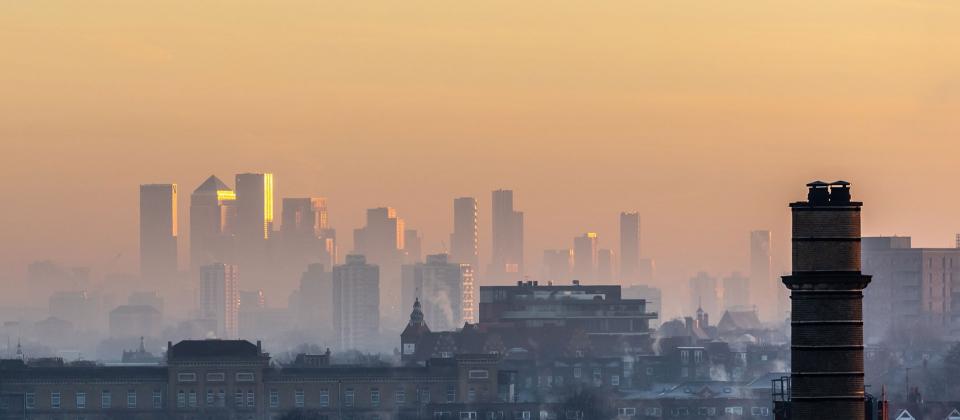Emissions of air quality pollutants in the UK contribute to both local and transboundary air pollution. The NAEI calculates and reports on the quantity of pollutants that are emitted to air. This impacts on the concentrations of pollution in the air, although there is not a direct relationship between the two as concentrations can be affected by weather patterns, chemical transformations, and pollutants emitted elsewhere.
A closer look at air pollutants
Each description page will allow you to find out more about the pollutant itself, related issues and a timeseries graph.
Important sources and trends
Sources which account for high shares of emissions differ from pollutant to pollutant. However, in general terms the combustion of solid and liquid fuels (coal, wood, oil) tend to produce the highest emissions per unit of fuel burned as well as specific industrial processes for specific pollutants. Agriculture is the dominant source of ammonia emissions. Over the years, emissions from solid fuel combustion have declined significantly, e.g. emissions from coal combustion in the residential sector. In contrast the strong increase in the use of transportation and road traffic, an important source for many air quality and transboundary pollutants, has resulted in the increase in emissions from the combustion of petrol and diesel, although this has been counteracted by improvements in emissions from individual vehicles due to tighter vehicle emission regulations.
Emissions from all pollutants have decreased since the earliest year the data is available from (1970, 1980, 1990 and 2000, depending on pollutant) partly as a result of policies put in place to control certain emissions and a decline in the use of solid and liquid fuels in the domestic and power generation sectors. Emission trends of selected pollutants (NOx, SO2, NMVOC, NH3, PM10, and CO) from key source categories since 1990 are summarised in the latest UK Informative Inventory Report in the Reports section and Defra statistical releases.
Further information and analysis on the emission trends of all pollutants reported under the CLRTAP and NECR are available in the latest Informative Inventory Report also found in the Report section.
Targets
The UK is committed to reducing transboundary air pollution through emission targets set under the UNECE's Convention on Long-Range Transboundary Air Pollution (CLRTAP) and the National Emissions Ceilings Regulations (NECR).

